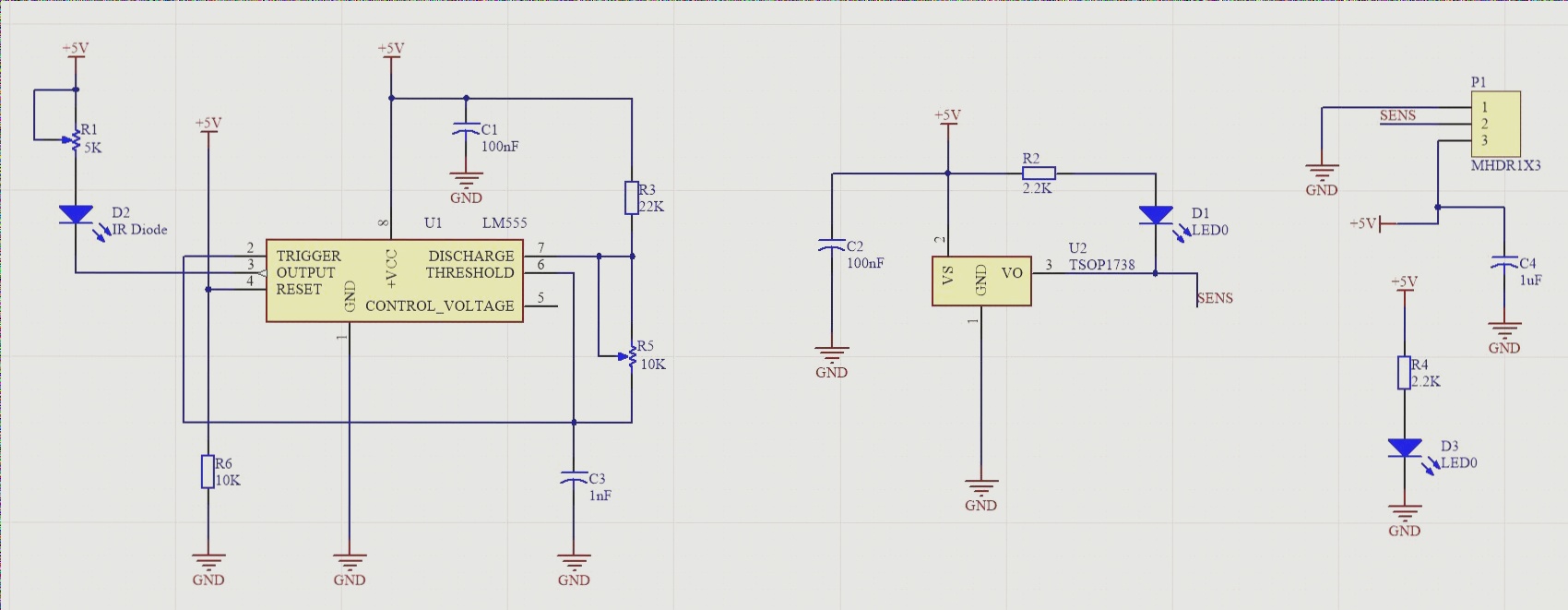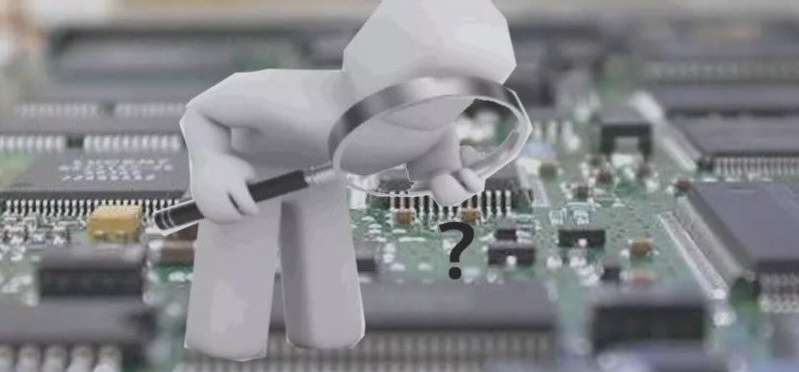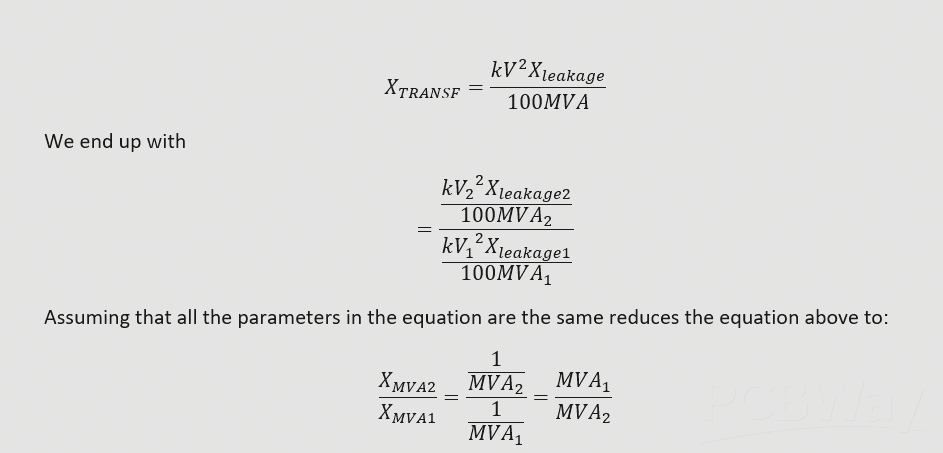Latest Trends in HDI Flexible PCB Technology
Introduction:
Recent market trends show that high-density interconnection (HDI) technology is experiencing rapid growth, outpacing traditional circuit technologies. HDI circuits, with features like a pitch of less than 8 mils and an aperture of less than 10 mils, are in high demand. The surge in HDI flexible printed circuit boards (FPCBs) is mainly driven by mobile communication devices, PDAs, chip packaging, hard drive interconnections, suspension systems, flat-panel displays, and inkjet printer cartridges.
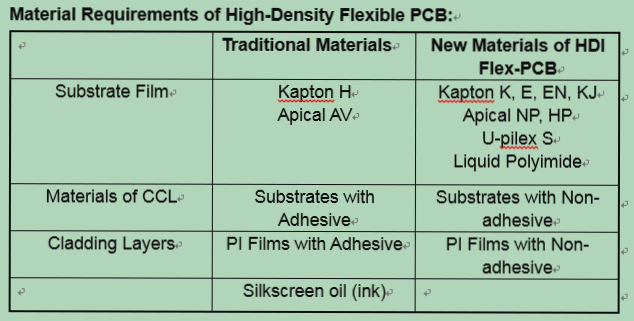
HDI applications require finer lines and smaller plated through-holes, which call for thinner conductor layers and substrates in flexible PCBs. However, the physical properties of these substrates often fall short of meeting the strict technical demands of HDI circuits.
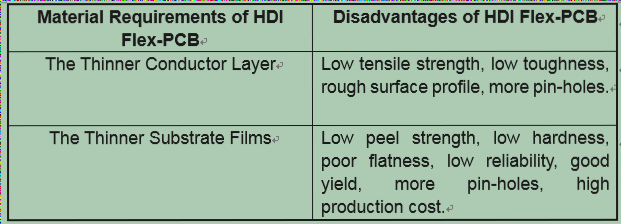
1. Dimensional Stability of Flexible Materials
Historically, a significant challenge with flexible materials and rigid substrates has been the size variation during fabrication. The shrinkage of PI film, a commonly used substrate in flexible circuits, during manufacturing has been a primary cause. Ensuring dimensional stability of thin materials is crucial for the performance and yield of flexible PCBs. Addressing material, structural, and fabrication challenges is essential for producing high-density, high-reliability circuits.
2. Resistance to Electron Migration of Flexible Material Binders
Electron migration in flexible circuits can lead to circuit damage. Certain binders, under conditions like moisture, high temperatures, or bias voltage, allow copper ions to migrate, creating a conductive path between positive and negative poles. This can result in wire growth and, in extreme cases, a short circuit. With increased voltage and line density in HDI applications, designers must proactively mitigate electron migration risks.
3. Thin and Low-Profile Copper Foils
Continuously evolving HDI flexible PCB technology emphasizes the need for thin and low-profile copper foils to meet the demands of modern electronic devices, ensuring efficient performance and reliability.
Key Strategies for High-Density Interconnect (HDI) Flexible Circuits
- Utilizing Thin, Fine-Grained Copper Foils
Achieving HDI flexible circuits involves the use of thin, fine-grained, low-profile copper foils. While conventional flexible circuits typically use 1 oz copper foil, HDI applications demand thinner foils like 1/2 oz, 1/3 oz, or 1/4 oz to meet the higher density and performance requirements.
Control of Cladding Adhesive Fluidity
One crucial role of cladding films in HDI circuits is to create small windows without adhesive filling during lamination, ensuring that exposed copper remains uncovered. It is essential to tightly control the flow properties of the cladding material to prevent issues.
Excessive viscosity can lead to hole formation in fine lines, compromising electrical insulation. Conversely, excessive fluidity may cause adhesive overflow, potentially covering critical windows. Selecting the right cladding film and matching it with the correct lamination process is vital due to variations in flow characteristics among flexible binders.
Conclusion: Embracing the Future of Electronics
The electronics market’s increasing competitiveness positions flexible circuits to play a pivotal role in the industry’s future. To stay ahead, continuous adaptation of design capabilities, careful material selection, and refining manufacturing processes are crucial.
If you have any inquiries regarding PCB or PCBA, feel free to reach out to me at info@wellcircuits.com.

